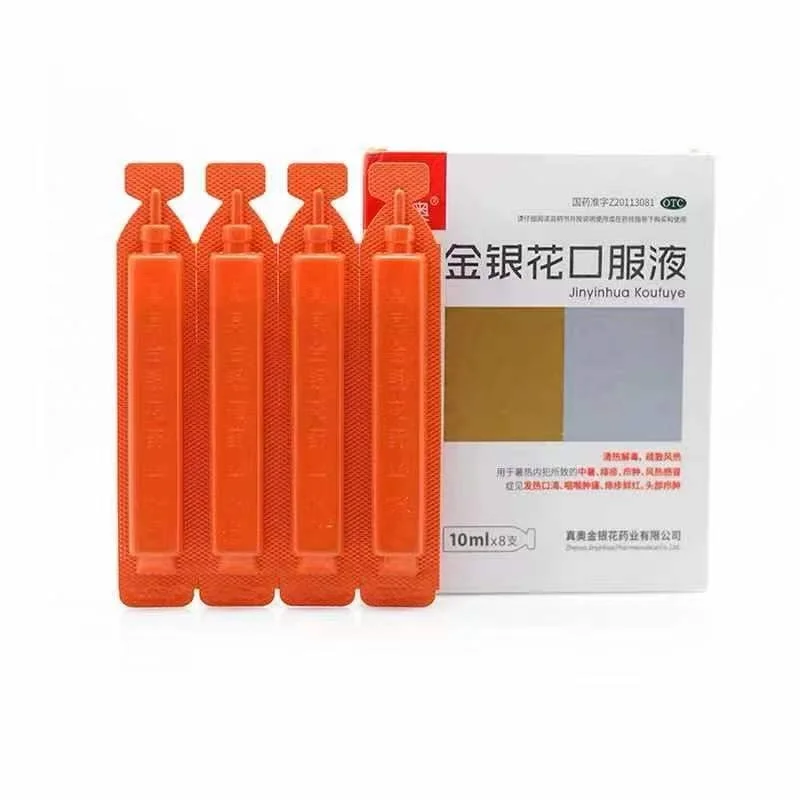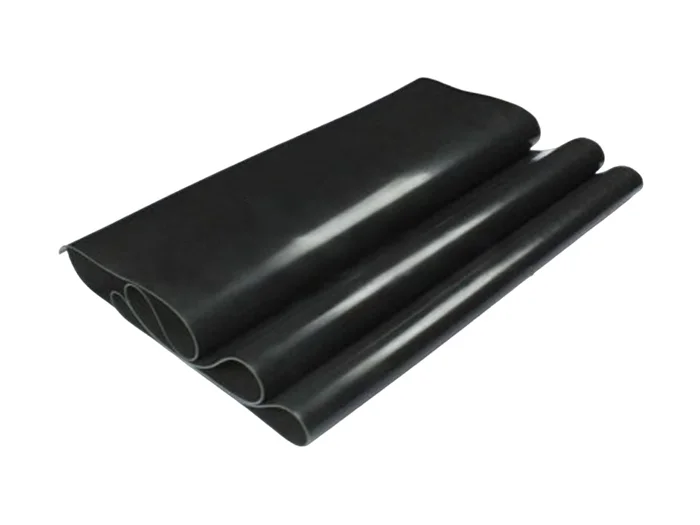Excellent Application of Composites APET Sheets in Medical Drug Packaging
5 min readIn the medical industry, drug packaging is not only an important medium for storing and transporting drugs but also a key tool to ensure the quality, safety, and shelf life of medications. Medical drug packaging must possess extremely high functionality, including protection against external contamination, moisture, and oxygen intrusion, as well as the ability to withstand potential shocks and vibrations during transportation. Additionally, the packaging must meet modern green production standards, such as environmental sustainability, recyclability, non-toxicity, and harmlessness. Among the many available materials, Composites APET (Amorphous Polyethylene Terephthalate) sheets have emerged as an ideal choice for medical drug packaging due to their excellent performance. This material offers high strength, exceptional transparency, and outstanding resistance to chemical corrosion. Moreover, it is environmentally friendly, easy to process, and adaptable to a variety of complex application scenarios. From blister packaging for tablets to protective packaging for injections and medical devices, the extensive application of composites APET sheets in the medical industry is driving revolutionary changes in pharmaceutical packaging.

Core Advantages of Composites APET Sheets
1. High Transparency and Intuitive Display
Composites APET sheets are highly valued in the medical industry for their exceptional transparency. Transparent drug packaging not only enables medical staff and patients to quickly identify the status of medications but also builds consumer trust in the quality of the drugs. For instance, in the blister packaging of tablets and capsules, composites APET sheets clearly display the shape, color, and integrity of each medication, enabling medical staff to efficiently dispense drugs and allowing patients to intuitively assess their quality. In particular, for refrigerated drugs (such as vaccines or plasma products), the material can be coated with an anti-fog layer to prevent water vapor condensation from obstructing visibility, thereby enhancing the packaging's utility. Furthermore, highly transparent packaging materials minimize the risk of misidentifying packaging information. For example, when storing small-dose injections or vaccines, medical staff can directly read drug information through the packaging, reducing unnecessary unpacking and contamination risks.
2. Excellent Impact Resistance and Protective Capability
During production, transportation, distribution, and end-use, drugs are often subjected to external physical impacts, such as shocks, squeezing, or even falls. Composites APET sheets provide an effective protective barrier against these forces. Specifically, in blister packaging for tablets and capsules, composites APET sheets withstand external pressure and prevent drug damage caused by vibrations and falls. In the case of glass-based packaging, such as injections or medicine bottles, the material's high toughness and energy absorption properties minimize breakage risks. For instance, a vaccine cold chain logistics company reduced vaccine breakage rates by over 30% during transportation by using composites APET sheets as a protective layer for trays. This significantly lowered costs and improved supply chain reliability.
3. Chemical Corrosion Resistance and Environmental Sustainability
Materials used in medical drug packaging often come into direct contact with drugs, necessitating high chemical stability. Composites APET sheets exhibit excellent resistance to acidic, alkaline, and oily substances, ensuring that chemical reactions do not degrade the packaging or contaminate the drugs. Moreover, these sheets comply with numerous international certifications, such as FDA food-grade standards and EU REACH regulations, making them suitable for direct contact with medications. Their non-toxic and harmless properties align with the stringent safety requirements of the medical industry, ensuring patient safety. Additionally, composites APET sheets are highly recyclable. Unlike traditional single-use plastics, they can be fully recycled and reused, meeting the medical industry's sustainability goals and reducing the environmental impact of medical waste.
4. Moisture Resistance and High Airtightness
Solid drugs such as tablets and capsules are highly susceptible to humidity and oxygen exposure, which can render them ineffective. Composites APET sheets possess exceptional barrier properties that block water vapor, oxygen, and other harmful gases, ensuring drug stability and effectiveness during storage. For instance, in the transport of medications to tropical regions, where hot and humid climates increase the risk of drug deterioration, composites APET sheets significantly extend the shelf life of drugs. Additionally, these sheets can be combined with high-barrier aluminum foil layers for enhanced protection. This dual-layer solution is widely used in vaccine cold chain logistics and the storage of long-acting drugs, providing comprehensive protection.
5. Ease of Processing and Flexible Design
Composites APET sheets boast excellent processing performance, making them compatible with various thermoforming processes. Whether used for blister trays for tablets, storage boxes for injections, or protective packaging for precision medical devices, the material supports complex and customized designs to meet diverse requirements.The smooth and flat surface of the sheet is ideal for printing drug information, production batch numbers, anti-counterfeiting labels, and more, further enhancing the functionality and professionalism of the packaging. Additionally, their high processing efficiency and stable production yield lower manufacturing costs and enable quick responses to market demands.
Typical Applications of Composites APET Sheets
1. Blister Packaging for Tablets and Capsules
Blister packaging is the most common form of packaging for tablets and capsules, designed to provide individual protection against moisture, contamination, and damage. Composites APET sheets are an excellent choice for blister packaging due to their high transparency and moisture resistance. For example, in the packaging of tablets for chronic disease treatments, patients can easily observe the drug's condition through the transparent APET sheet, while its airtight properties extend the medication's shelf life. Furthermore, composites APET sheets' high heat resistance enables them to withstand high-temperature sterilization processes, enhancing the safety of drug packaging.
2. Protective Packaging for Injections and Vaccines
For liquid drugs like injections and vaccines, packaging must be highly sealed. Composites APET sheets provide an optimal solution by effectively blocking oxygen and moisture while maintaining superior physical properties in refrigerated environments. For instance, during the global distribution of COVID-19 vaccines, composites APET sheets were widely used in cold chain transportation packaging, offering impact resistance and airtightness to ensure safe delivery. The material's transparency also allows medical staff to quickly inspect the quantity and condition of vaccines, improving operational efficiency.
3. Protective Packaging for Medical Devices
In addition to drugs, composites APET sheets are widely used in the packaging of medical devices. Precision instruments such as surgical tools, diagnostic equipment, and implantable devices require robust protection against damage or contamination during transportation. Composites APET sheets provide reliable casing protection with their impact resistance and chemical stability. For instance, sterile packaging for surgical tools often uses trays made from APET sheets, which securely hold tools in place while shielding them from external air and humidity.
Composites APET sheets have demonstrated significant potential in the field of medical and pharmaceutical packaging due to their superior performance. Whether used for blister packaging of tablets, sealed storage of liquid medications, or protective trays for medical devices, the material has gained widespread recognition for its high functionality and environmental benefits. As the medical industry continues to demand higher standards of safety, sustainability, and flexibility, composites APET sheets will remain at the forefront of innovation in pharmaceutical packaging, contributing to the industry's efficiency, safety, and sustainable development.
https://www.xrhpack.com/Composites-Sheet.html
www.xrhpack.com
SUZHOU XINRIHE NEW MATERIAL CO.,LTD


